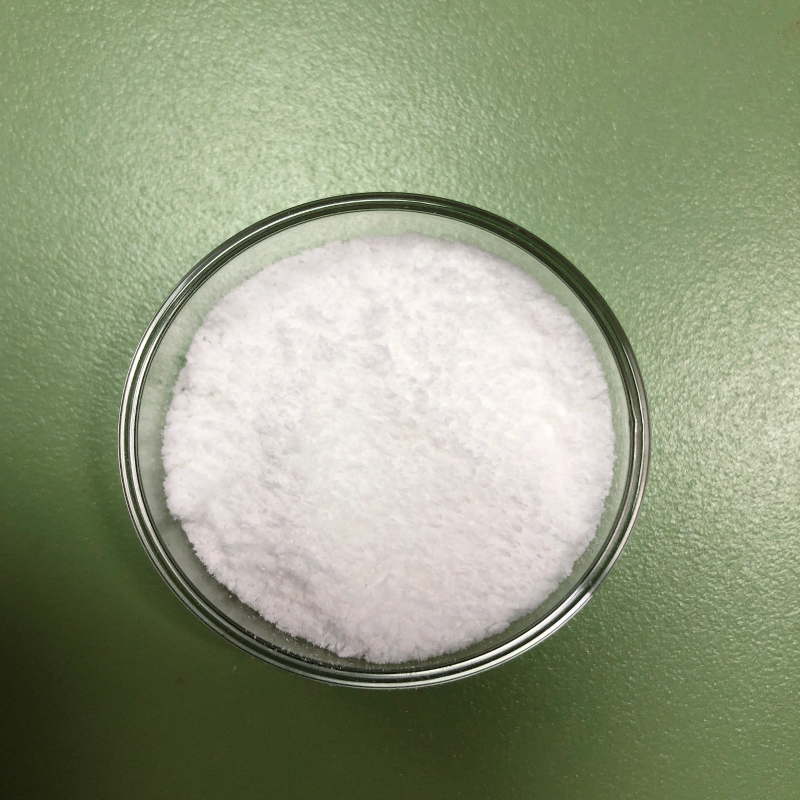Decrypt the world of flowers
-
Last Update: 2021-03-01
-
Source: Internet
-
Author: User
Search more information of high quality chemicals, good prices and reliable suppliers, visit
www.echemi.com
Petals are a long bar-shaped quasi-juillier lotus Kong Hongzhi photo the crown crack is a tass-shaped th floor Kong Hongzhi photo just finished the 2019 Beijing World Horticultural Expo, bringing together the world's exotic flowers, they are charming, colorful, dazzling. So why are there so many kinds of flowers? What is the relationship between different types of flowers? Which flowers are the most primitive? Kong Hongzhi, a researcher at the Institute of Plant Research of the Chinese Academy of Sciences (hereinafter referred to as the Plant Institute), has long been engaged in research related to the origin and diversity of flowers and flower organs in order to understand the "flower" world of dense plants.
diversity of flowers is well known to the public. However, it is not clear how the diversity of flowers evolved, and research in this area has become a hot topic in botany and evolutionary biology. "The underlying mechanism behind flower diversity is complex because of a number of factors that determine the diversity of flower esoterypes, such as the shape, size, and arrangement, number, type, shape, and color of flower organs." Kong Hongzhi told China Science Daily.
, the team made new progress in the study of the mechanism of flower diversification. By summarizing the main processes and molecular mechanisms required for flower development, the researchers first explored the causes and mechanisms of flower diversity from the perspective of changes in developmental processes, and concluded that changes in four major developmental processes led to flower diversity. Recently, the results were published in Nature -Botany.is a unique reproductive structure of the plant (also known as a flower plant) and is essential for the formation of fruits and seeds. It is generally accepted in the scientific community that the origin and diversity of flowers led to the origin and prosperity of the plants, which profoundly changed the pattern of terrestrial ecosystems. Flowers, as the key innovative features of the bee plant, have gradually become the focus of the study of the classification, system and evolution of the plant.
there are about 300,000 plants in the world, and the flowers of each plant are very different. It is a "super project" to establish the "tree of life" of plants and reveal the evolutionary relationship between different types of flowers.
Kong Hongzhi, author of the paper, said that solving this problem requires the accumulation of knowledge in two aspects: one is evolution and the other is development. "At the moment, researchers are no longer content to find one or more genes that determine a flower's sexuality, preferring a macro perspective to explain the causes and mechanisms of flower origin and diversity."
has proved that the process of collecting and selecting documentation is itself complex and complex. The study not only covers recent research advances related to the occurrence, identity, morphology and maturation of flower organs, but also finds ideas from a hundred years ago and adds new scientific data, said Shan Hongyan, the first author of the paper and an associate researcher at the Plant Institute.
, what questions can these documents answer? Kong Hongzhi believes that the essence of plant and other multicellular biodiversity is the diversity of related developmental processes. In the early stages of development, there is no significant difference in flowering between species. However, during development, this difference gradually becomes apparent. As a result, the team boldly assumed that the occurrence of some mutations changed the developmental process of flowers, resulting in flowers that were different from the original type.
general, flower development has two key links, one is the development of flower support, and the other is the development of flower organs. In the process of literature combing, the researchers found that there were a lot of gaps in the study of flowering organs, but the study of flower organs was relatively perfect.variety of flowers is concentrated in the flower organs, which usually include flowers, petals, males and females. For different flowers, the four not only have different shapes and functions, but also have different numbers, sizes and arrangements. So where do these differences come from?
combed, Kong Hongzhi research team found that there are four main developmental procedures related to flower diversity, namely, the occurrence of flower organs, the identification of flower organs, the form of flower organs and the maturation of flower organs.
the occurrence of flower organs from the flower foundation is a crucial first step, it determines how many flower organs will be formed in the future and how these flower organs will be arranged in a wheeled, spiral or irregular manner.
" the original basis of a flower organ eventually developed into a flower, petals, male or female, is determined by the flower organ identity decision process. Changes in the procedure for determining the identity of flower organs can lead to changes in the type and number of flower organs, and even the production of monosexual flowers. Shan Hongyan said.
while determining its
identity", the flower organ enters the process of form-building, and the final shape of the petals, whether flaky, horn-shaped, tular, or two-lip, is formed by form.
process, differences in the growth rate of local areas can affect the final shape of flower organs. In general, fast-growing flower organs tend to be larger, while stagnant flower organs may degrade or disappear. Kong Hongzhi, for example, heavy-petal peonies tend to have many petals, which are ornamental, but their wild "ancestors" usually have only five petals. This change occurs as a result of the expansion of the petal development process to males and even females, resulting in petals in the flower organs that should have developed into males or females.
in the later stage of form construction, flower organs began to mature, forming different colors, aromas and flavors. So what causes the difference between the visual, taste and olfactory effects of flower organs? Kong Hongzhi said: "This is due to the flower organs into the mature stage after the production of different secondary metabolites." Changes
the four developmental processes can explain the diversity of most flower organs, but not the diversity of flowers. Kong Hongzhi said.
international peer, who asked not to be named, said there were many reviews on the subject, but mostly on the subject, listing some of the findings that had been made. This review has a high field of vision, understands the causes and mechanisms of flower organ diversity from the perspective of developmental process changes, and gives many examples, which have an important guiding role. In addition, the drawings in this review are beautiful and vivid, helping to understand many aspects of flower diversity, including their visual, olfactory and taste effects. understanding of the developmental mechanisms of flower diversity, researchers have become clearer about the causes and mechanisms of different flower formations, but uncertainty remains.
said that in future studies, the research team will join the study of Huato and further expand the study of species.
In addition, there are still many groups in the plant, especially the base plant and the base of the real twin leaf plant, its flower organs are spiral arrangement, and the number of organs is not fixed, which indicates that the basic structure of flowers is malleable.
the herb genus is a more in-depth material studied by Kong Hongzhi's team. During the study, the team found that the flower organs of these plants were spirally arranged, the number was not fixed, and there were large differences in the body. Regarding the causes of the unsealed number of flower organs and the basic structure of flowers, Kong Hongzhi believes that it is mainly the plasticity of the initial size of flower-based, the occurrence of flower organs and the identity of flower organs.
, the flower organs of model plants widely used by researchers, such as athropomorthic mustard, goldfish grass and rice, are arranged in wheels and have a relatively fixed number of organs. For the study of flowers, the representation of these model plants is very limited. In the absence of a suitable research system, many questions related to the origin and diversity of flowers have not yet been answered.
Kong Hongzhi believes that it is imperative to develop a new model system. At the same time, from the level of regulating the network, the study of flower diversity processes and models, and the combination of more advanced research methods and evolutionary developmental biology research, can also provide new ideas for the study of flower origin and diversity.
This article is an English version of an article which is originally in the Chinese language on echemi.com and is provided for information purposes only.
This website makes no representation or warranty of any kind, either expressed or implied, as to the accuracy, completeness ownership or reliability of
the article or any translations thereof. If you have any concerns or complaints relating to the article, please send an email, providing a detailed
description of the concern or complaint, to
service@echemi.com. A staff member will contact you within 5 working days. Once verified, infringing content
will be removed immediately.







